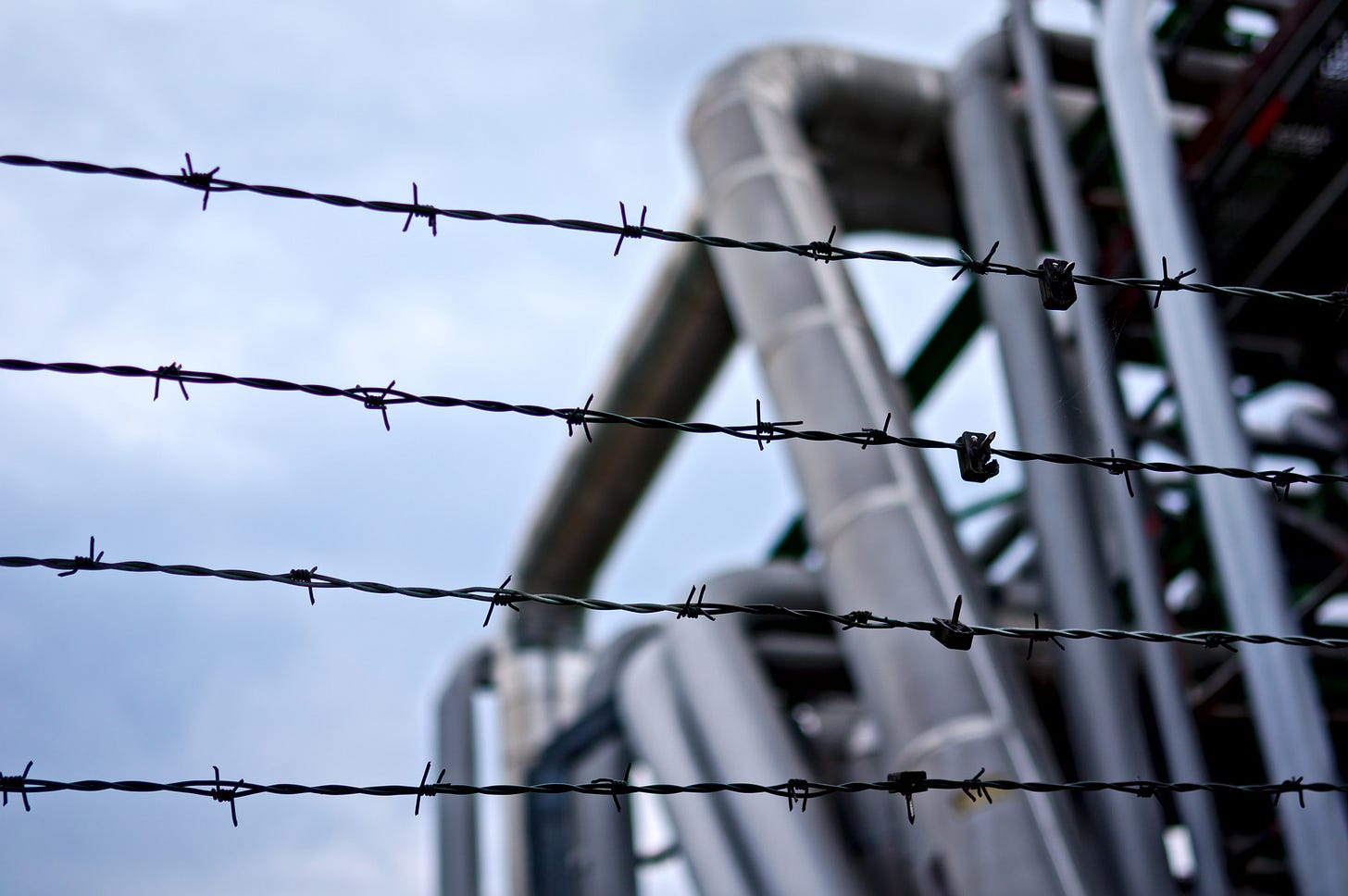The Other Side of Chesterton’s Fence
G.K. Chesterton was a journalist and philosopher. I doubt that he ever set foot in a process or energy facility. Yet he provided useful insights for the process safety discipline.
In the post Process Safety Beacon and Chesterton’s Fence we quote his maxim,
Do not remove a fence until you know why it was put up in the first place.
The idea is that when you come across a rule, system, or barrier whose purpose isn’t immediately obvious, you shouldn’t discard or alter it until you understand why it was created. Often, such systems were developed in response to real problems — possibly forgotten or no longer visible. If the fence is removed, the problem may resurface.
We provided a number of examples to illustrate his insight in the operation of process plants. His ‘law’ can be written in the following manner for process safety,
Before removing a barrier know why it was installed in the first place.
However, we also need to recognize that some fences/barriers can be safely removed because the problem that they addressed has been removed. Indeed, the original fence/safeguard may now constitute a hazard. Outdated or orphaned systems can:
Create confusion in operations;
Increase the risk of leaks, trips, or failures;
Lead to false alarms and alarm fatigue;
Mask underlying problems;
Hinder innovation and process improvement;
Here are a few examples.
Bypass Systems Left Behind
During a crisis five years ago, a temporary bypass was installed around a transfer pump to keep the system online. The problem was later fixed, but the bypass valves and piping were never removed. They aren’t part of any inspection or maintenance schedule. One day, one of the valves starts to leak.
Redundant Alarms
A high-level alarm was added after a near-miss incident involving a storage tank. Later, the tank level control system was upgraded with better sensors and logic interlocks. But the old alarm remains, confusing operators and triggering unnecessary shutdowns. Instead of protecting the system, it now leads to false positives and alarm fatigue.
Abandoned Equipment
An old sump pump was decommissioned, but its power supply wasn’t fully removed. During maintenance on a nearby system, an energized wire is accidentally cut, causing a shock hazard.
Zombie Procedures
Some procedures reference equipment that no longer exists, or conditions that no longer apply. Nevertheless, instructions to do with the out-of-date equipment or conditions have not been removed from the procedures. When new operators question the need for these zombie procedures supervisors may respond, “Just do what is says — we’ve always done it like this.”
A culture of deference to obsolete rules can suppress needed adaptation.







